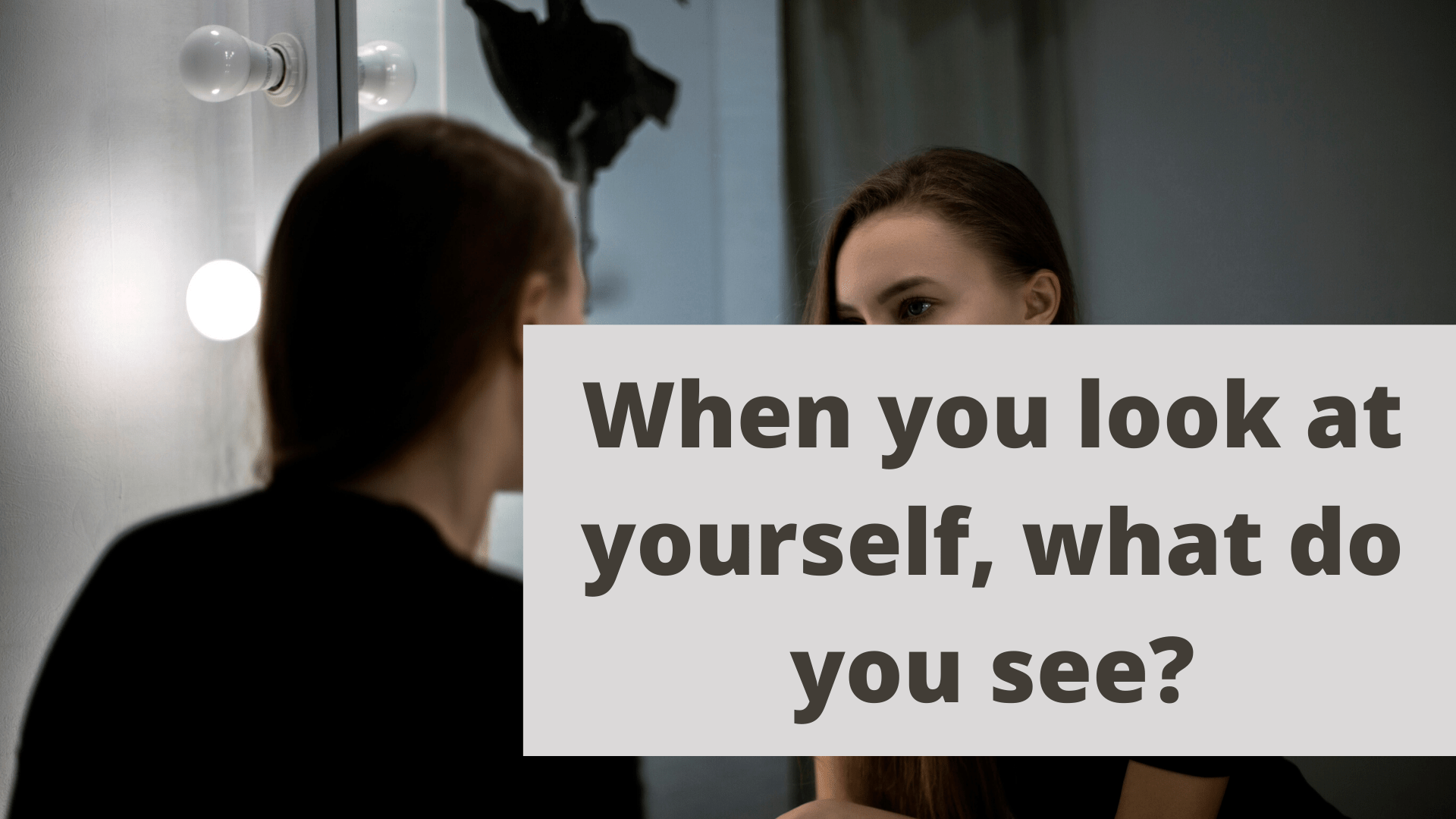Your cart is currently empty!

Self-concept: How you label yourself… and harm your speech
The way you see yourself – your self-concept – defines the way you behave and communicate. If you see yourself as clumsy, you probably will trip over something as soon as you enter the room. If you’re sure you’re a boring speaker, you will be one.
Self-concept – your own label
Self-concept is the beliefs you hold about yourself – how you evaluate and perceive yourself. It works like a picture you take of you and your abilities, and you act according to it, without being aware of this behavior.
Your self-concept includes three elements:
- the self-image, or how you see your self;
- the ideal self, or how you believe you should be (often don’t match the self-image);
- and finally, your self-esteem, how you value yourself.
This last one is particularity important since it is what makes you believe if you can get closer to the ideal self, or not. A negative self-concept will manifest in self-limiting beliefs that stop you from reaching your goals.
How your self-concept affects communication
Usually, your self-concept doesn’t equate how other people see you. Yet, it has a significant impact on your behavior, especially your communication. If you perceive your ability to communicate, to transmit a message, as ineffective it makes your presentations even harder.
However, there is good news. Self-concept is continually changing and evolving. It’s influenced by the positive and negative consequences of our actions and the results of the comparison we made between us and others. In short, how we interpret the world and the happenings around us.
Understanding what self-concept is and how it changes is the path to develop a positive self-concept.
Fear of Taking Risks
Good public speaking requires taking risks. You must stand out from the crowd, surprise your audience, dazzle them. You can’t achieve that by using the same formula over and over again. However, you have an extraordinarily hard time dealing with uncertainty.
Do you know that funny video that seems perfect for your presentation? But what if the audience doesn’t like it? What if they will misinterpret it? What if…? You’ll conclude that it is better not to use it.
A poor self-concept and self-esteem leave you unwilling to take risks. The idea of experience new things is terrifying due to the fear of failure. This is particularly problematic in public speaking. A good performer needs to try new approaches and practices to improve.
Feelings of failure
Your fear of failure is so high that you can’t focus on anything else. From the beginning, you “know” you’re going to fail. That has an impact on your effort and commitment.
You’ll be defensive, which may come across as arrogant or disrespectful to your audience. You’ll focus on protecting yourself (your image, your credibility, your feelings), the most you can. Instead, you should be focusing on your audience.
If you start your presentation, believing it’s going to be a failure, it is less likely to be a satisfactory and successful experience. Instead of confident and full of enthusiasm, you’ll look fearful and unreliable.
Poor Body Language
When you don’t trust your abilities, your body shows. You tend to bend as if you were trying to disappear instead of standing up straight. This body language gives a message to your audience – I don’t trust myself.
Repetitive movements are also frequent. You might also look around too much, as prey preparing to escape. For your audience, the math is simple: if you’re that scared, you’re not that good.
Voice
Negative self-concept also manifests itself in your voice. You tend to speak at a lower volume than you should. Sometimes, to the point that makes it hard for the audience to hear you. Your voice will tremble, and your credibility will be lost.
You can’t change your voice, but you can improve how it sounds. People with positive self-concept show more enthusiasm in their voices. They speak up when they need to and make themselves heard.
Note that low volume is different from a low tone. Speaking in a lower tone is more pleasant for your audience than using a high pitch. Yet, they need to be able to hear you clearly.
Training Exercise
Prepare and deliver a presentation with Virtual Orator, using its recording tools. After, without seeing the footage, write down how do you think it went. Was it boring, enthusiastic?…
Wait a couple of days, and watch the video. Reread your previous notes and notice how the distance can change your perspective. When you give a presentation, the evaluation you make of yourself is influenced by your self-concept. You immediately think your performance went according to the beliefs you have on your abilities. The time distance allows you to get closer to how it really was. Your emotions are less intense, and you can be more impartial.
Realizing that you were better than you thought, as well as being more capable of spotting what you can improve, helps you to get rid of self-limiting beliefs. It improves your self-image and helps you to project confidence in real situations.
Confidence – the only valuable label
Your self-concept has a crucial impact on the way you communicate with others. It will shape your behavior, your posture, your body language, and voice. Having a positive self-concept is a positive statement to others.
The image you have of yourself evolves through your life and experiences. Giving significance to the right experiences helps you build a positive self-concept.
Our communication style develops with our socialization process and its impact on our inner self. It is crucial to understand how we feel about ourselves and why. This knowledge will help you to reshape your self-concept and improve your communication skills.
Cátia is a psychologist who is passionate about helping children develop and train social skills.


Leave a Reply